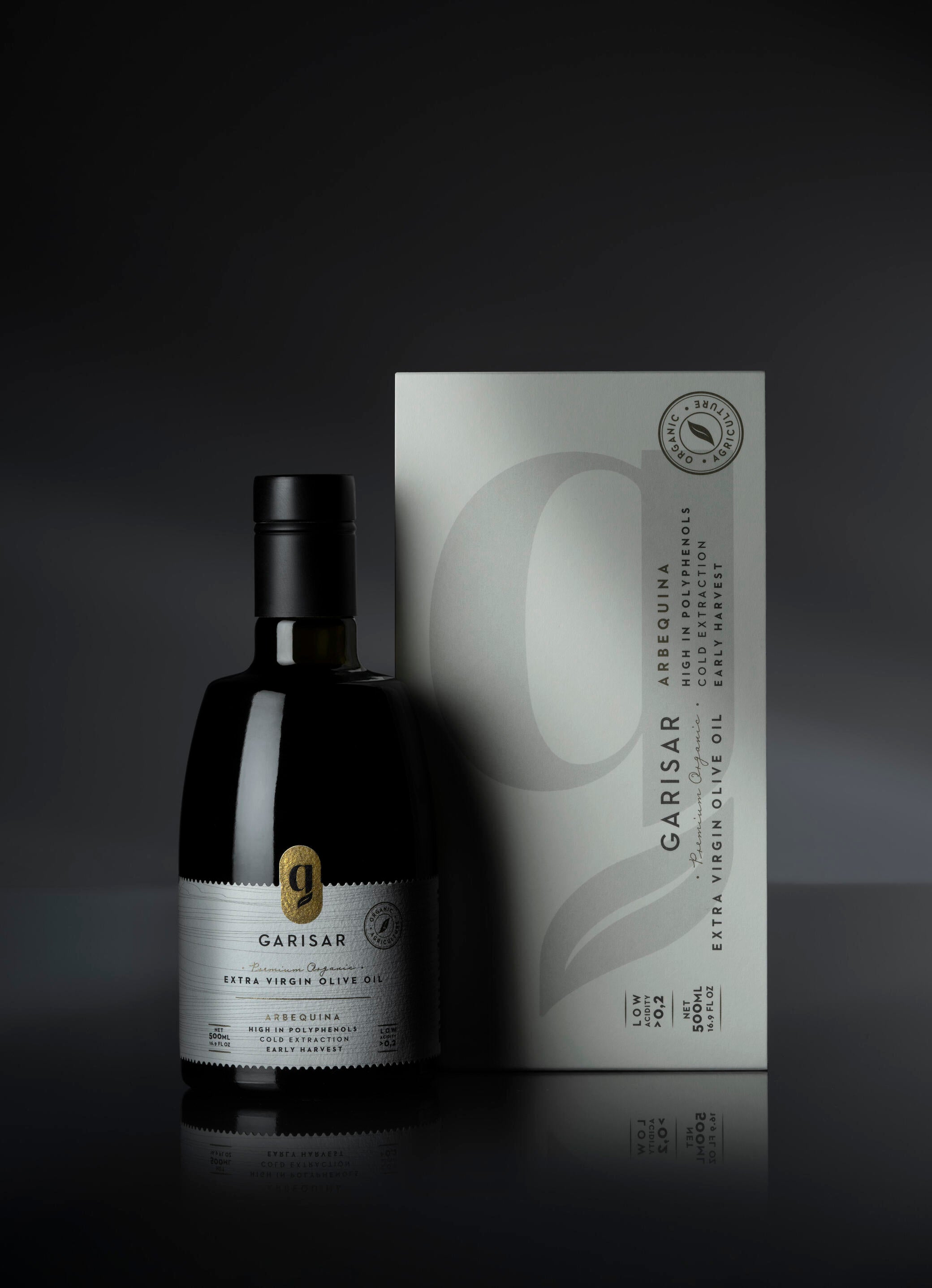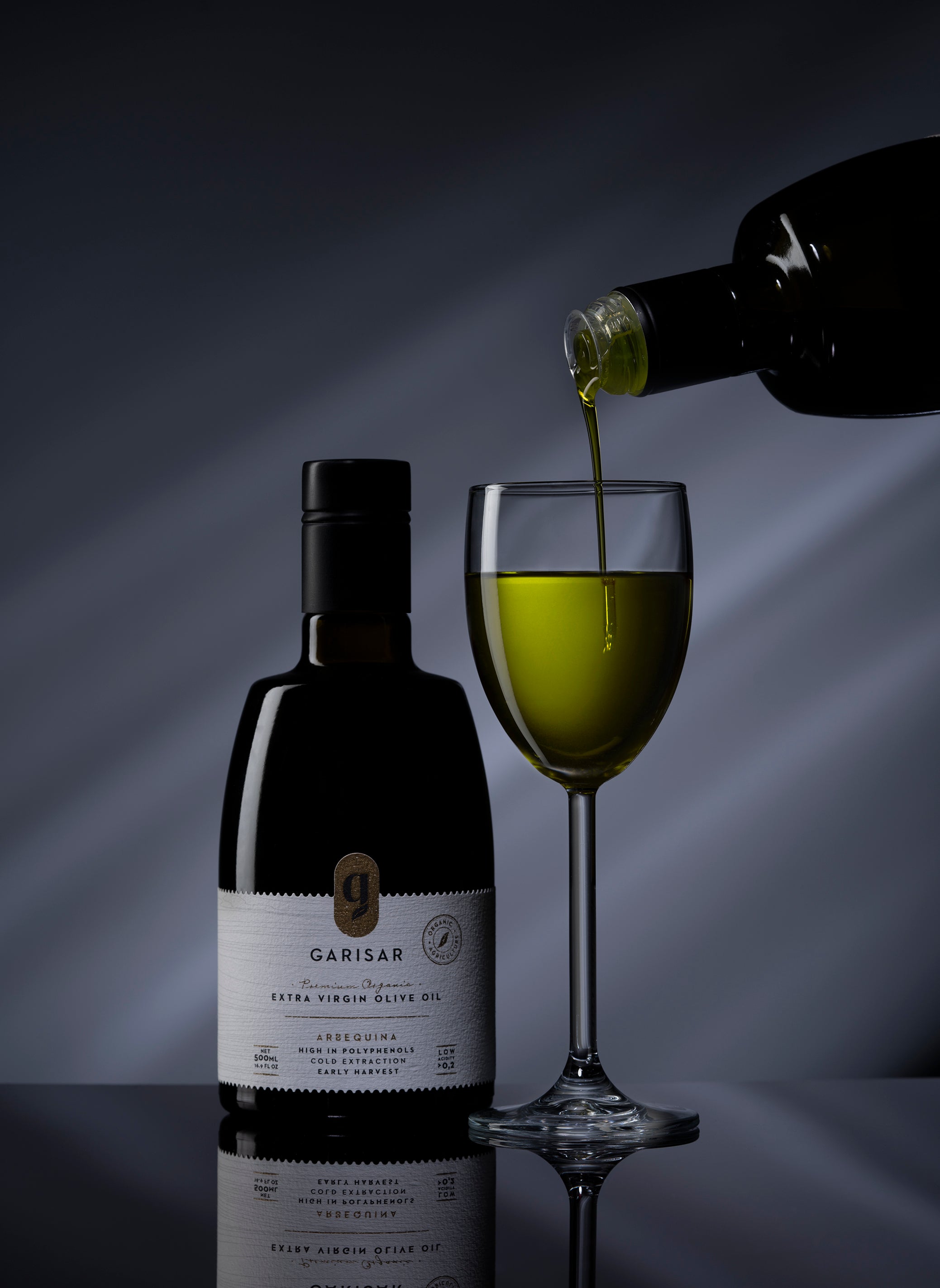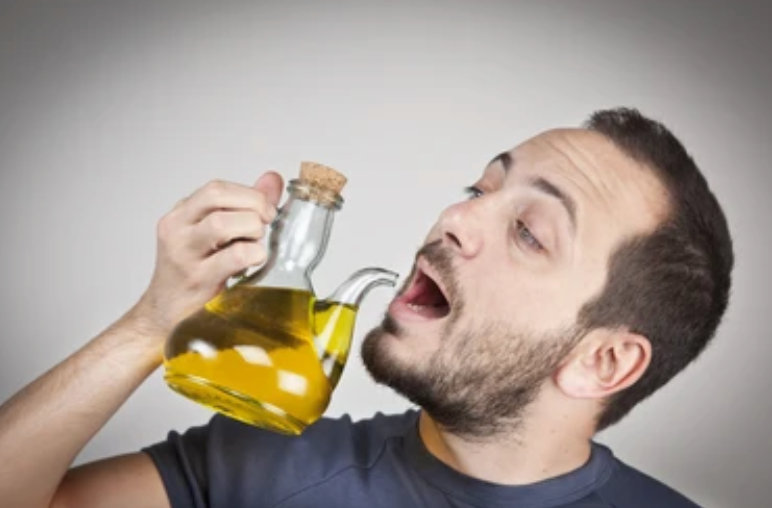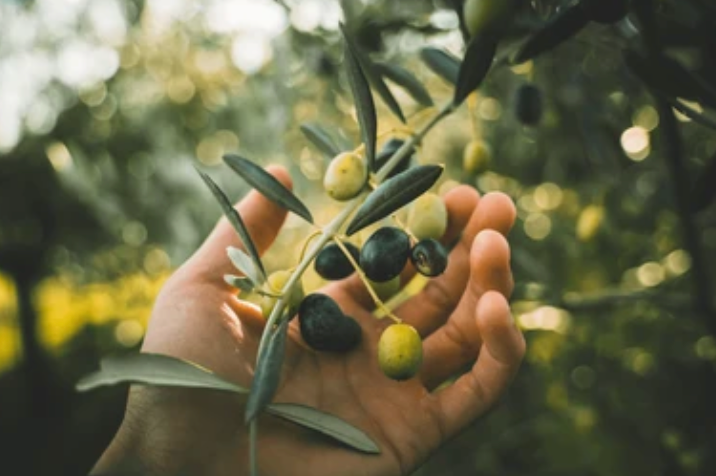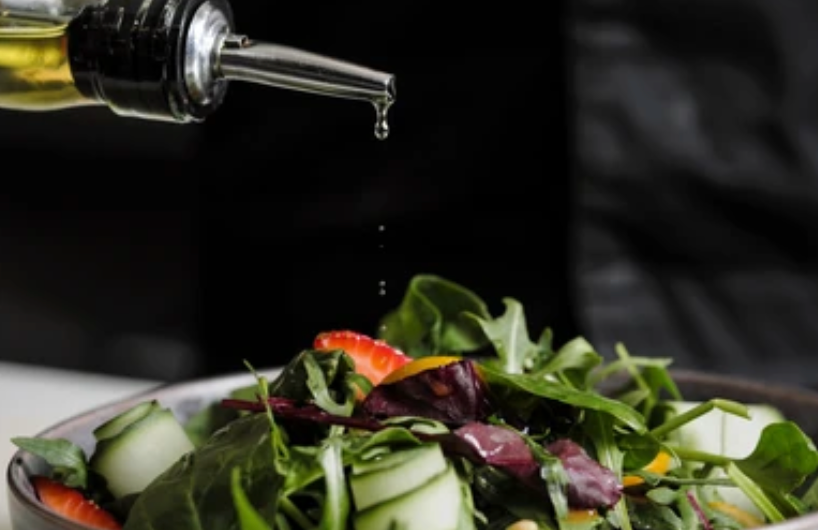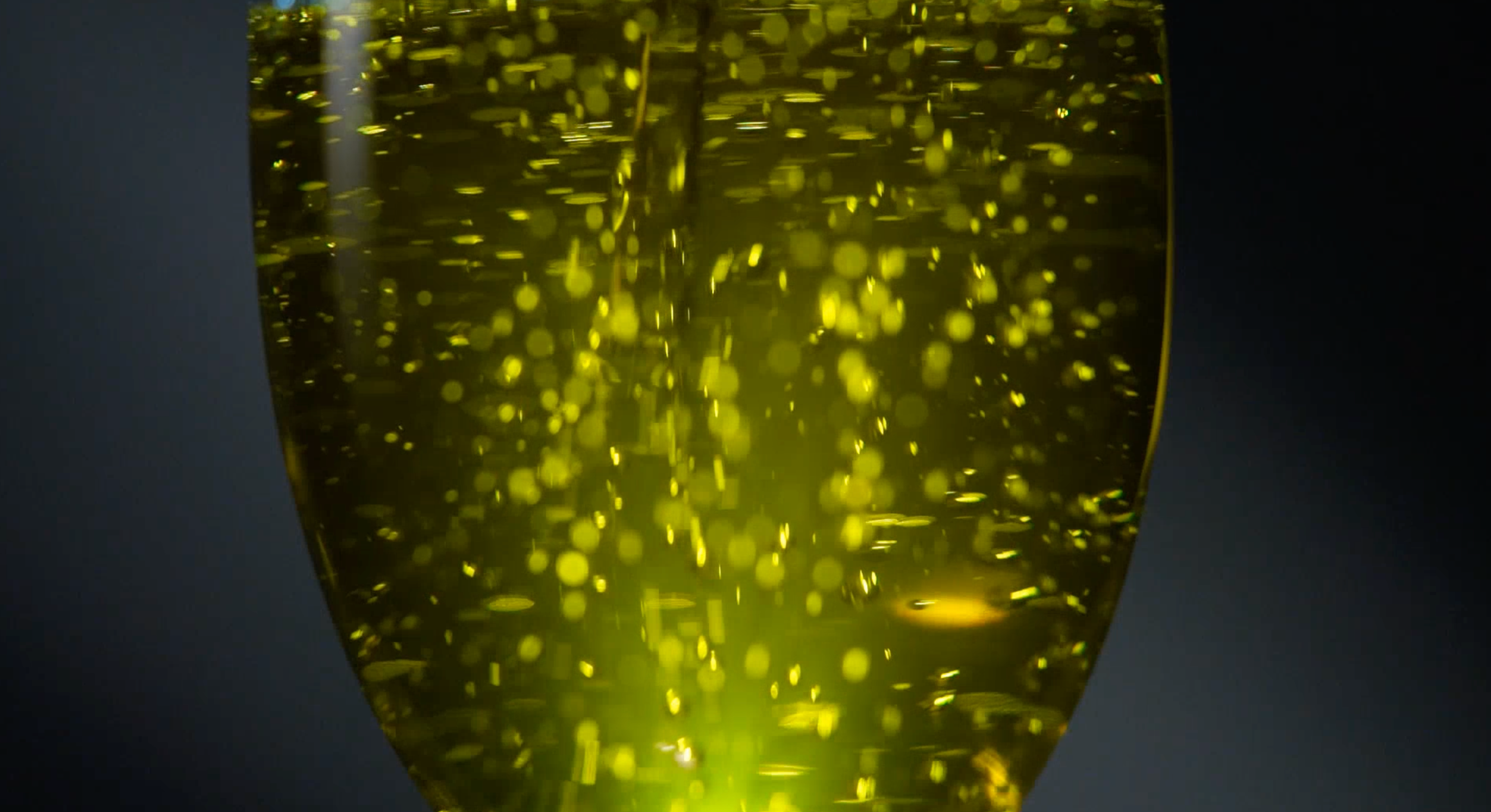Does the Color of Olive Oil Reflect Its Quality? Green or Gold?
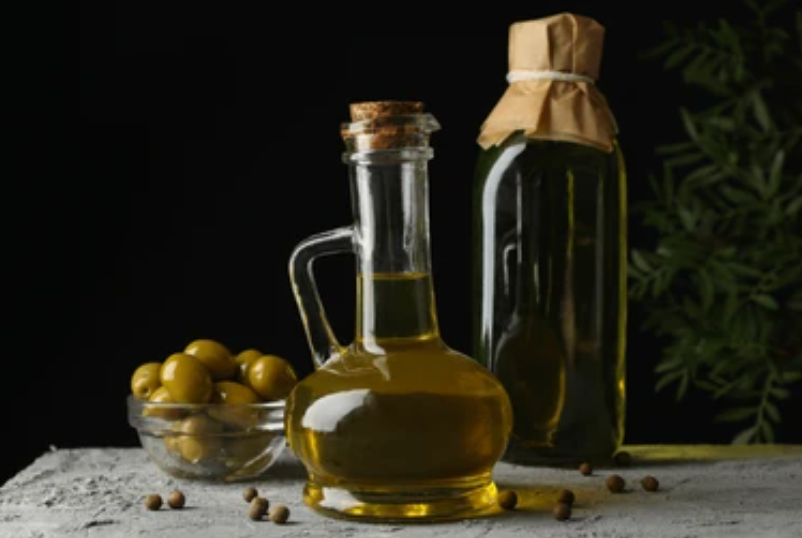
What Color Can Tell You and Can't Tell You
Title
What Influences Olive Oil's Color?
Title
Three Typical Myths Regarding the Color of Olive Oil
Title
What Does Quality Actually Mean?
Title
We See Past Color at Garisar
Title

